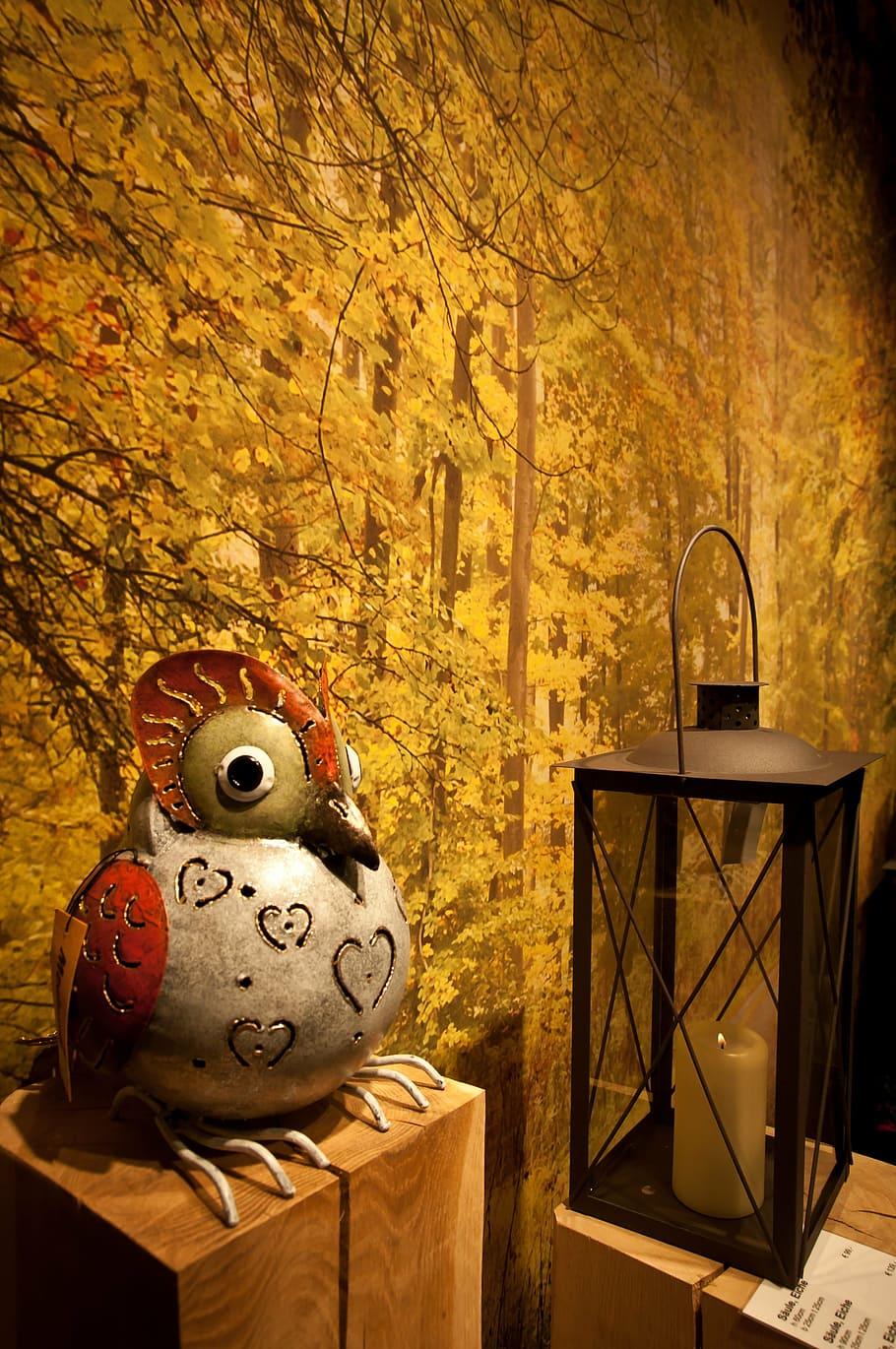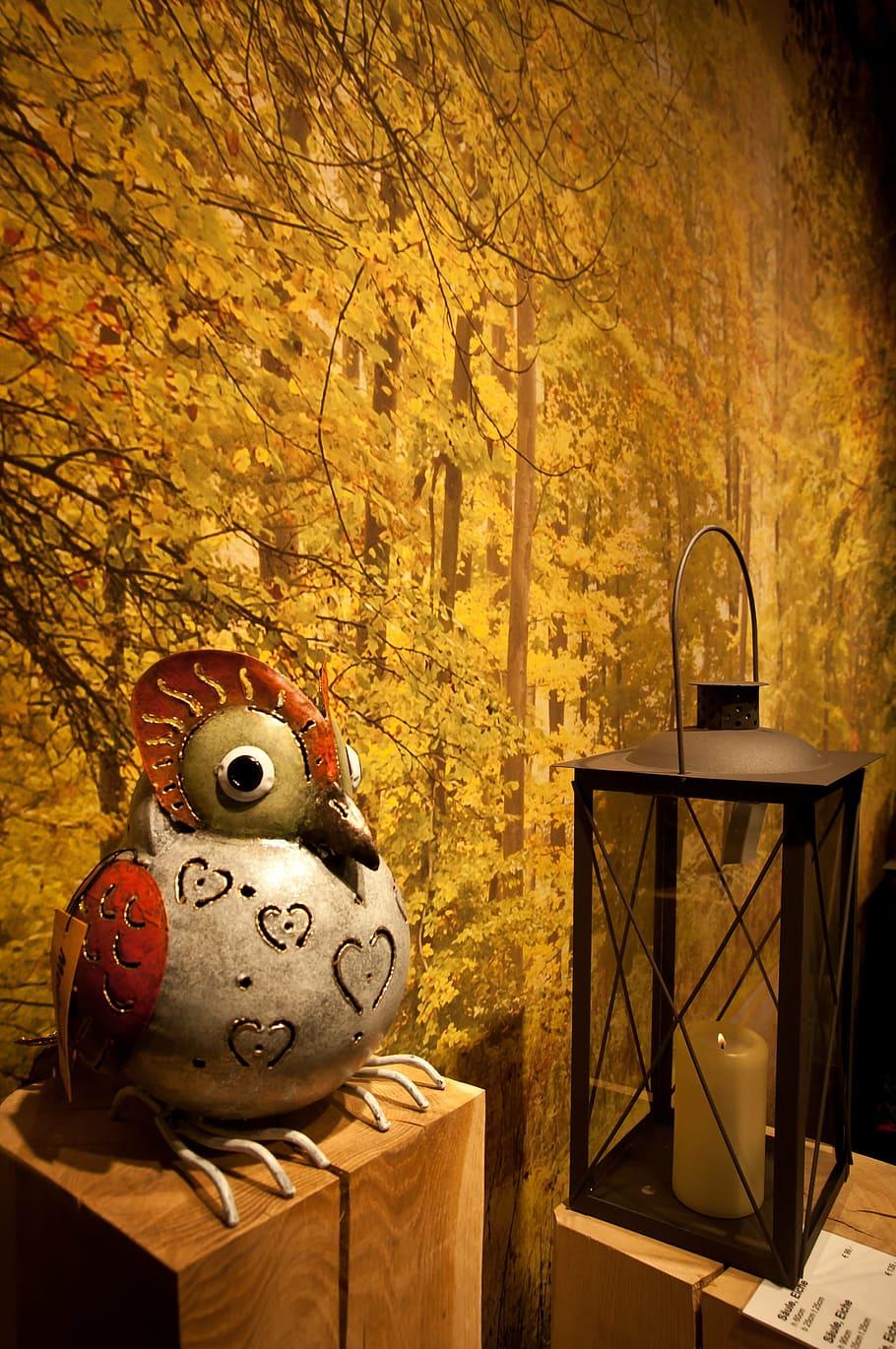
What are some affordable ways to incorporate the principles of feng shui into a kids’ room?
Title: How to Feng Shui Kids Room: 13 Brilliant + Affordable Ways
Introduction:
Creating a harmonious and balanced environment for your child’s room is essential for their overall well-being and development. By utilizing the principles of Feng Shui, you can optimize the energy flow in your child’s room, promoting a peaceful and nurturing space that enhances their happiness, creativity, and concentration. In this article, we will explore 13 brilliant and affordable ways to Feng Shui your kid’s room, ensuring a positive and inspiring atmosphere.
- Declutter and Organize:
Start by decluttering your child’s room, removing any unnecessary items and creating a clean and organized space. This will allow energy to flow freely and create a sense of calm. Make use of storage solutions such as baskets, bins, and shelves to keep toys, books, and clothes neatly organized. - Choose Soothing Colors:
Color plays a significant role in Feng Shui. Opt for soft, calming colors like pastels or light shades of blue, green, or lavender for the walls and furniture. Avoid overly bright or stimulating colors, as they can disrupt your child’s sleep and concentration. - Position the Bed Correctly:
The placement of the bed is crucial in Feng Shui. Position it against a solid wall, preferably diagonal from the entrance, for a sense of security and stability. Avoid placing the bed directly beneath a window or facing a door, as this can cause restlessness and disrupt sleep. - Enhance Natural Light:
Allow as much natural light as possible into the room. Natural light promotes a positive energy flow and contributes to your child’s overall well-being. Use light curtains or blinds that can be easily adjusted to control the amount of light entering the room. - Incorporate Soft Fabrics:
Soft fabrics, such as curtains, rugs, and bedding, create a cozy and comfortable atmosphere in your child’s room. Opt for natural fibers like cotton or bamboo, which are breathable and hypoallergenic. Avoid synthetic materials that can trap negative energy. - Utilize Mirrors Wisely:
Mirrors reflect and expand energy, so use them strategically in your child’s room. Place a mirror on a wall opposite a window to magnify the natural light. Avoid placing mirrors near the bed or reflecting cluttered areas, as this can disrupt sleep and create a sense of chaos. - Create a Study Area:
A well-organized study area is essential for your child’s concentration and focus. Position the desk in a command position, facing the entrance of the room. Ensure that the desk is clutter-free and well-lit. Add a comfortable chair and incorporate elements of nature, such as plants or natural materials, to enhance productivity. - Introduce Elements of Nature:
Bringing elements of nature into your child’s room connects them to the natural world and creates a sense of harmony. Use indoor plants, natural materials like wooden furniture, and incorporate images or artwork featuring nature scenes. These elements promote calmness, creativity, and a sense of balance. - Minimize Electronics:
Electronics emit electromagnetic fields that disrupt the energy flow in the room. Limit the use of electronics in your child’s room and keep them as far away from the bed as possible. Encourage alternative activities like reading, drawing, or playing board games to promote creativity and imagination. - Create a Calming Sleep Environment:
Ensure your child has a peaceful and restful sleep environment. Invest in a comfortable mattress and quality bedding made from natural materials. Use blackout curtains or blinds to create a dark and quiet atmosphere. Avoid placing any electronic devices, such as TVs or computers, in the bedroom. - Incorporate Positive Artwork:
Hang inspirational and positive artwork on the walls of your child’s room. Choose images that promote happiness, success, and personal growth. Avoid artwork depicting violence, sadness, or any negative emotions that can affect your child’s mood and energy. - Balance the Five Elements:
Feng Shui emphasizes the importance of balancing the five elements – wood, fire, earth, metal, and water. Incorporate representatives of each element into your child’s room for a harmonious ambiance. For example, a small water feature, a wooden bookshelf, a metal lamp, earthy colors, and a candle can create a balanced energy flow. - Keep the Room Clean and Fresh:
Maintaining a clean and fresh environment is essential in Feng Shui. Regularly clean and dust your child’s room, keeping surfaces free from dirt and clutter. Open the windows and allow fresh air to circulate, refreshing the energy in the space.Conclusion:
Feng Shui offers valuable insights into creating a harmonious and nurturing environment for your child’s room. By implementing these 13 brilliant and affordable ways, you can optimize the energy flow, promote well-being, and create a space that supports your child’s growth and development. Remember, small adjustments can have a significant impact, so take your time and make changes gradually, observing the positive changes that unfold in your child’s life.


![How To Use Green Tourmaline Healing Properties [15 Ways]](https://gocphongthuy.net/wp-content/uploads/2023/12/95000-how-to-use-green-tourmaline-healing-properties-15-ways.jpg)

![How To Use Feng Shui Rugs In Every Room: [17+ Carpet Rules]](https://gocphongthuy.net/wp-content/uploads/2023/12/95006-how-to-use-feng-shui-rugs-in-every-room-17-carpet-rules.jpg)

